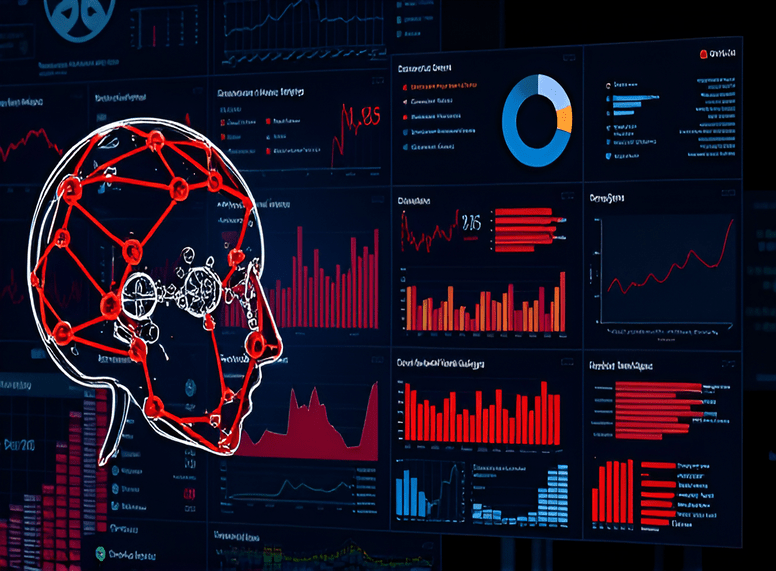In today’s digital age, cybersecurity threats have increased to an unprecedented level. From data breaches to ransomware, the tactics of cybercriminals are growing more sophisticated day by day. The integration of artificial intelligence (AI) into cybersecurity solutions is revolutionizing the way we approach threat detection and response. AI is transforming the cybersecurity landscape by enabling faster analysis of vast amounts of data, predicting potential threats, and automating responses to attacks.
The Emergence of AI in Cybersecurity
Enter AI. AI’s integration into cybersecurity represents a game-changer. It can process enormous datasets at incredible speeds, far beyond human capability. More importantly, it continuously learns, making it increasingly effective at identifying threats.
AI and Threat Detection
So how does AI detect cyber threats? It all starts with pattern recognition. AI systems analyze vast amounts of network data, looking for unusual patterns that could signal a potential breach. For instance, if a user’s behavior suddenly changes—such as logging in from an unusual location or accessing files they typically don’t use—AI can flag this anomaly for further investigation.
How AI Enhances Threat Detection
AI-powered cybersecurity tools leverage advanced algorithms and machine learning techniques to identify patterns and anomalies in network traffic, user behavior, and system logs. These tools can continuously monitor for suspicious activities and detect threats in real-time, often catching what traditional security measures might miss.
AI-Powered Automated Response Systems
When an attack is detected, speed is critical. AI can respond to cyber threats in real-time, reducing the need for manual intervention. AI-powered automated response systems can isolate infected devices, block malicious IP addresses, and initiate containment protocols within seconds.
AI-Driven Cybersecurity Tools
Numerous AI-driven cybersecurity tools are now available to help businesses defend against cyber threats. These tools offer features such as threat intelligence, behavioral analytics, and endpoint protection. Some of the most popular AI-powered tools include Darktrace, Cylance, and Vectra.
AI and Ransomware Detection
Ransomware attacks have become one of the most feared cyber threats. In these attacks, data is encrypted and a ransom is demanded to restore access to the data. AI plays a crucial role in combating ransomware by recognizing the encryption patterns associated with these attacks.
AI in Phishing Prevention
Phishing remains one of the most common cyber threats, tricking individuals into revealing sensitive information such as login credentials. AI helps combat phishing by filtering out malicious emails and messages before they reach the user. Through machine learning algorithms, AI can differentiate between legitimate communications and phishing attempts.
The Future of AI in Cybersecurity
The future of AI in cybersecurity looks promising. As AI technology continues to evolve, we can expect more sophisticated defenses against cyberattacks. Quantum computing, for example, could supercharge AI’s capabilities, providing even greater protection. By leveraging the power of AI, organizations can enhance their threat detection capabilities, automate responses, and ultimately better protect their digital assets from malicious actors.
Conclusion
AI has become a cornerstone of modern cybersecurity, offering unparalleled threat detection, predictive capabilities, and automated responses. As cyber threats continue to evolve, AI will remain crucial in keeping systems secure. Organizations must embrace AI-driven cybersecurity solutions to stay ahead of ever-growing cyber threats.








